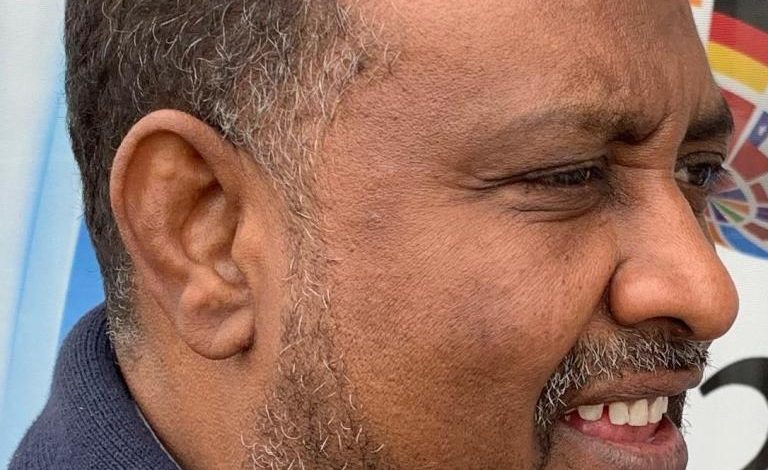Trump and the Middle East: A Pragmatic Shift in U.S. Policy Toward Hamas and the Houthis

By Abdulaziz Yaqoub
(1)
It appears that Republican U.S. President Donald Trump is redrawing the contours of his approach to the Middle East in a way that surprises many and seems—on the surface—to contradict his previously stated positions. The man who was one of the staunchest supporters of Netanyahu’s government, and who made decisions like moving the U.S. embassy to Jerusalem, proposing the “Deal of the Century,” and hinting at turning Gaza into a tourist zone, now seems to be reshuffling his cards in a different manner.
Recently, indirect negotiations between Trump’s team and Hamas have come to light. These talks, held in Qatar with U.S. mediation, aimed to secure the release of American hostages in Gaza. This move, conducted without prior coordination with Israel, is not isolated from a broader context. It was preceded by similar dialogue with the Houthi movement in Yemen, under the auspices of Oman, and without involving traditional allies in the region—chief among them, Tel Aviv. These developments raise a central question: what are the motivations behind this sudden shift? And why is Trump addressing these sensitive files in this manner?
(2)
The most realistic answer is that Trump approaches foreign policy much like he does business deals—based on his background in the corporate world. His principle is clear: no permanent enemies, no absolute loyalties, only interests that are rearranged when necessary.
Hamas, despite its previous classification as a “terrorist organization,” is now an actor that cannot be ignored in any arrangements concerning Gaza—especially given Israel’s failure to eliminate it after more than 24 months of war. As for the Houthis, regardless of ideological disagreements, they have demonstrated their ability to impact international maritime security, making negotiations with them a necessity driven by pragmatism rather than conviction.
Trump also realizes that total alignment with Netanyahu’s government—which is facing increasing isolation even in Western circles and declining popularity within Israel itself—is no longer a winning card. Israel’s image as a “democratic partner” has eroded in the eyes of many following the massacres in Gaza and the deep internal divisions within its political society. Hence, Trump’s likely exclusion of Israel from his upcoming Middle East tour—which is expected to include Saudi Arabia, Qatar, and possibly the UAE—sends a message of independence and signals an attempt to establish a new balance with Gulf players, who have grown more cautious toward Netanyahu’s agenda.
(3)
Moreover, the significant shifts in American public sentiment—especially among youth, university students, the academic community, and even progressive factions within the Democratic Party—have begun to break the traditional dominance of pro-Israel rhetoric. Trump is aware of this, and while he is not aligned with the political left, he possesses a unique ability to sense and exploit such shifts electorally when needed.
Perhaps most importantly, Trump and his strategic team are betting on a political future beyond Netanyahu—or at least on arrangements that are no longer fully dependent on him. From their perspective, Israel will remain an ally, but not necessarily through the gateway of a far-right government that clashes with most global decision-making centers.
From this standpoint, the sudden openness to groups like Hamas and the Houthis can be understood not as an abandonment of principles, but as a pragmatic adaptation to a new reality—one shaped by evolving power dynamics on the ground and shifting calculations both inside and outside Washington.



